Spiritual Japan: Overnight on the sacred mountain in Koyasan.
Hello and good morning or evening my dear. While writing this I was travelling with the crazy Mr Superspeed – the Shinkansen Hikari Super-Express – from Kyoto to Tokyo (in only 160min for 460km/ by car it takes you over 5hours). Well, my dear, this post is going to be a little bit more silent meaning more of the spiritual kind. As the main religions Shinto and Buddhism (mostly Zen-Buddhism) are very important to understand the Japanese culture, I thought it would be a good idea to get in closer contact with the religious lifestyle and to experience Japan from a more spiritual perspective. I decided to go to the Sacred Mountain Koya and its village named Koyasan. It is actually quite far from Kyoto, especially because one part of the train route is closed right now as there had been a serious accident months before. Still, I told myself it is going to be worth it as I heard a lot of this peaceful place already. In my hotel in Kyoto the staff was quite excited that I planned to go to Koyasan and Ayoki – a lovely lady from the reception team – helped me in planning my trip. It took me over 4 hours to get there and I needed to change the train several times to finally take the bus for the last 45minutes. Please have a look on the cute map Ayoki wrote for me, with this in my hands, I was always feeling safe. By the way I shortly stopped in Osaka, I did not see anything but when you plan to see Osaka on your Japan trip, it is really close to Kyoto, so no need to check out your hotel as this just means losing time. You could just go there for a full day trip for example. When I finally arrived in Koyasan or actually when already sitting in the bus for the last part of the route, it started to rain heavily, really heavily. This was also the first time I was kind of afraid as the route to the mountain was quite narrow, the bus driver looked like being really old and tired somehow and we had serious water on the road issues on our way up there. But we arrived safely and he asked all the people in the bus where we stayed at. Everyone gave a different answer (all in temples – later more on that) and he said I had to go on another bus to arrive to my temple. Well, I thought okay. He said I needed to walk for 10minutes to get to the other bus station. Oh shit, meanwhile is was more a flood than rain. And I was just wearing my no function but nice pink (much more important) light jacket from Zara. Then I suddenly remembered that Micky and myself got a welcome package at the Shangai Street festival in Singapore (Do you remember? The ticket, we got from a nice guy there for free.) where we also received a rain cover within the goodie-bag. I looked in my backpack and found it! So at least covered a little bit – I started walking. I need to mention here that I was lucky to travel only with light luggage to Koyasan as I decided to come back to Kyoto for one night, so I could store my big luggage in the hotel. When walking – oh holy shit – it was sooo cold, it started to snow (snow-raining – I don’t know if this word exists in English, but it was snow-raining). And so damn cold! After 20minutes I arrived at the bus station and after another 10minutes my bus arrived when I was almost frozen. Got in the bus and they took me to the Ekoin Temple, my stay for one night. It was now already 5pm, quite late. This kind of staying in a temple is named Shukubo and stands for Pilgrims Lodging in a Temple. In Koyasan there are 117 temples of which 52 provide temple lodgings. Originally, these were simple lodgings for itinerant monks and later for the increasing number of pilgrims. With lodging in a temple you get a real experience of the Japanese religion and culture. I was warmly welcomed by a monk when entering the Ekoin temple and he took me through all the rules, guidelines and also through the agenda of my stay. Food would be served right now, he said, as eating is always early in the temples. So I quickly checked in and had dinner in a kind of dining room just for myself. The room was again simply but beautifully furnished with nothing more than Tatami mats and impressive hand-painted paper walls that are called Fusuma. To share my Japanese knowledge with you and that you understand the pictures of this post, some points that you need to know about Shukubo or temple lodging or what it mainly stands for:
- Shojin Ryori: With you lodging you always enjoy included breakfast and dinner. The Shojin Ryori means traditional vegetarian cuisine (monks only eat vegetarian) that uses only fresh and natural ingredients cooked with a great deal of time and effort! Meanwhile the Koyasan food is registered at UNESCO World Intangible Cultural Heritage! So really an experience and very good food! All veggie! Especially, the Tofu is world famous meanwhile. Also the food is three stars awarded in the Michelin Green Guide Japan (for Heidi P., there exists a green guide Japan!).
- Otsutome: Are Buddhist Ceremonies at Temples. A Buddhist service is held in the early morning every day at Shukubo temples. During the ceremony, the chief priest and monks of the temple chant Buddhist sutras in the main temple hall. It is not a tourist thing at all, monks have to do this as their daily ritual but you as a guest are allowed to join this impressive ceremony.
- Ajikan Meditation: Ajikan is a form of Shingon meditation for integrating the practitioner with the Buddha. Only a few Shukubo temples are able to offer this experience in Koyasan. Ekoin does!
- Shakyo: Stands for Sutra Copying and is also meant for meditation. One of the central texts of Buddhism is the Heart Sutra. It is taught that copying sutras brings peace and harmony to mind and body. You get the papers at the reception of your temple and practice in your room for yourself.

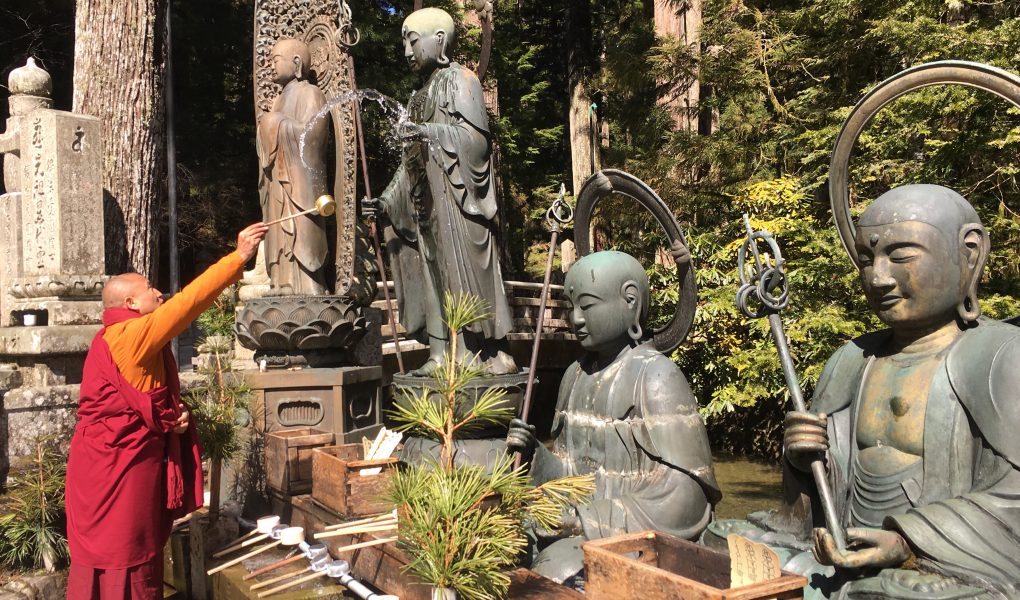

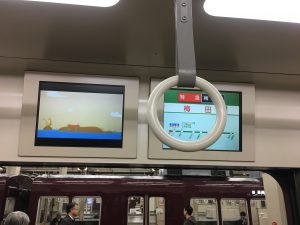
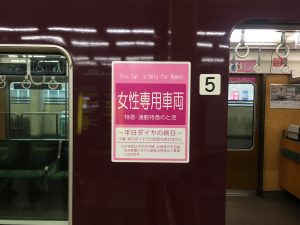

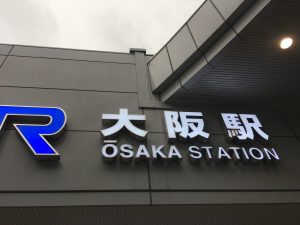
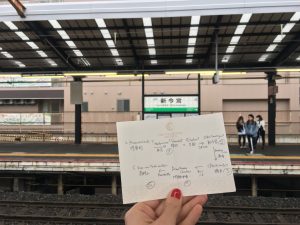
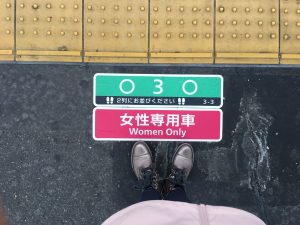
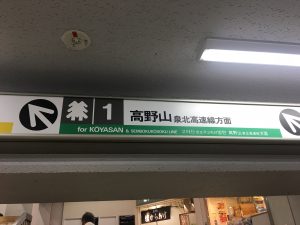
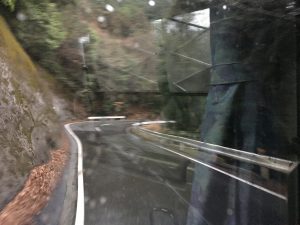

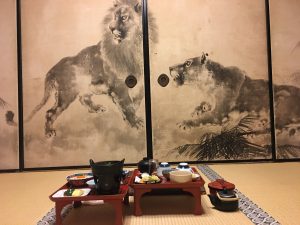
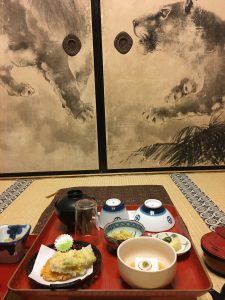
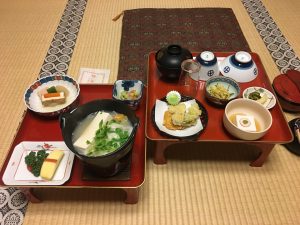

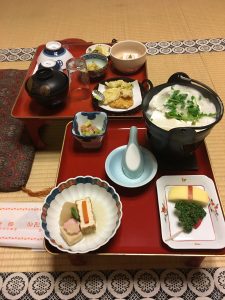
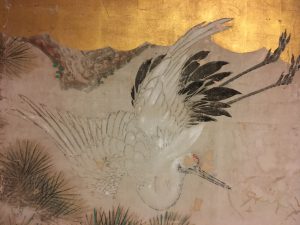

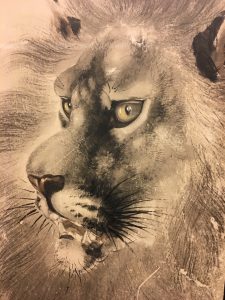

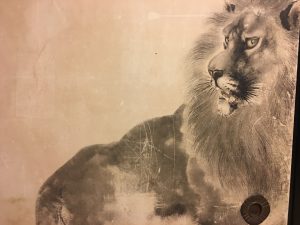
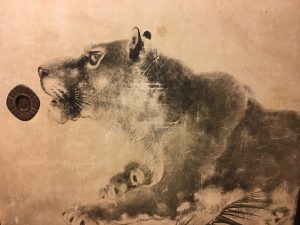
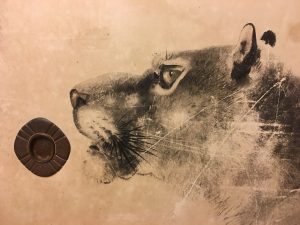
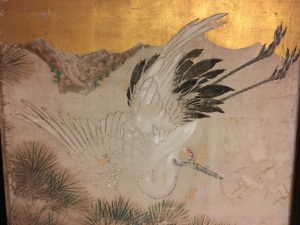
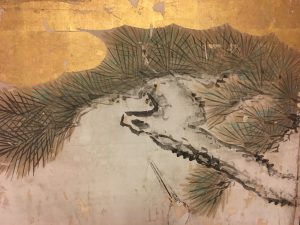

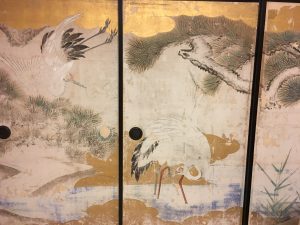
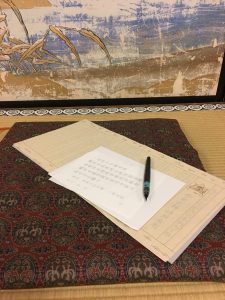
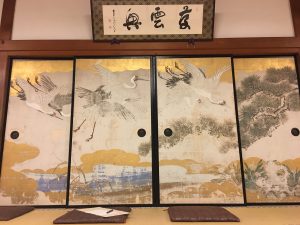
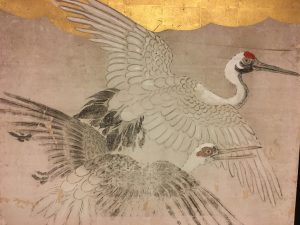


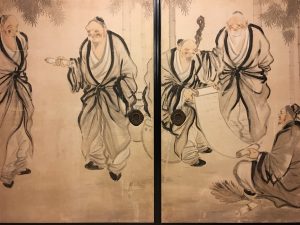



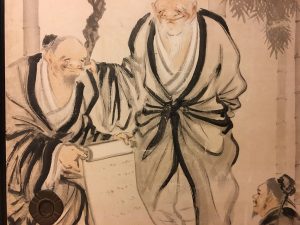

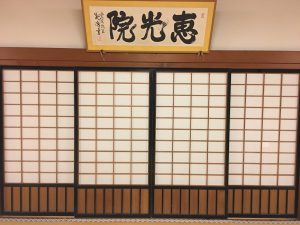
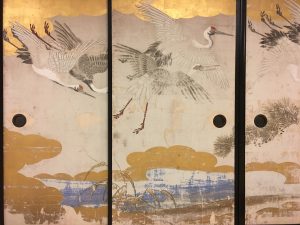
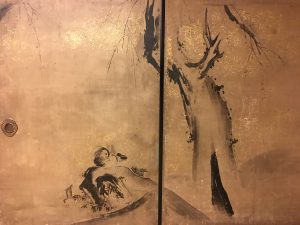
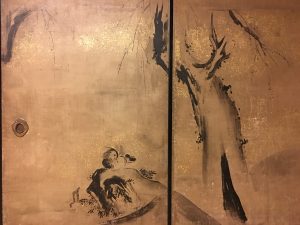
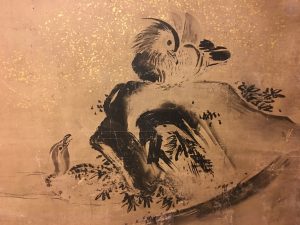
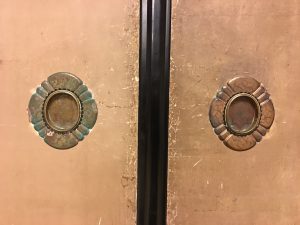
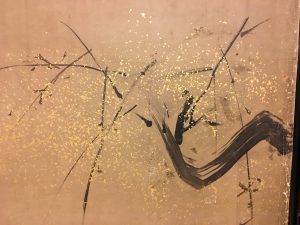
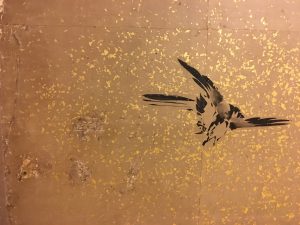
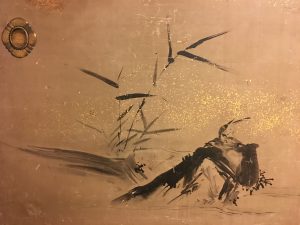
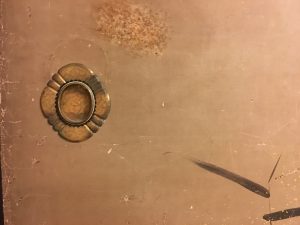
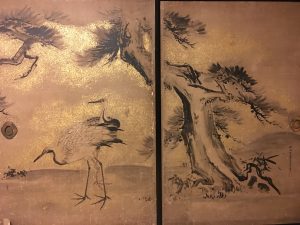

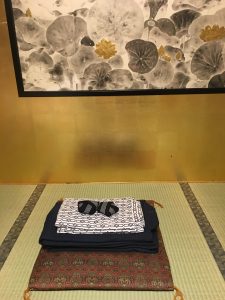
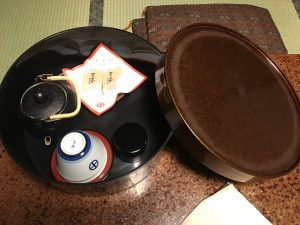
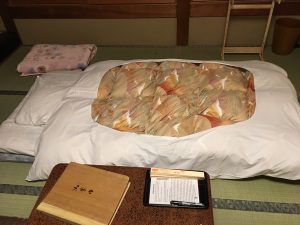

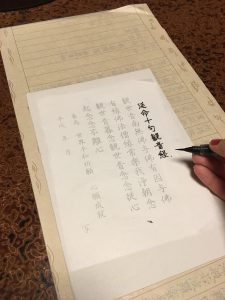


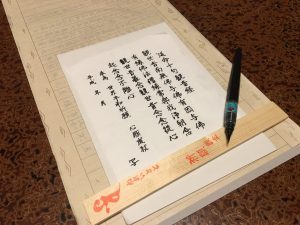

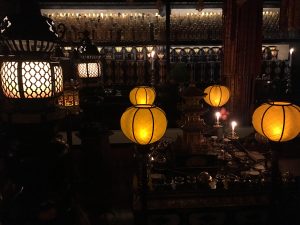

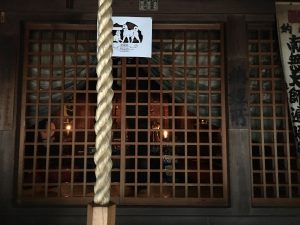
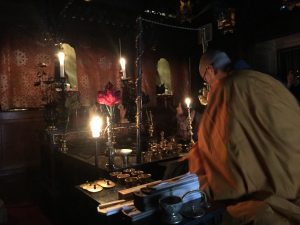
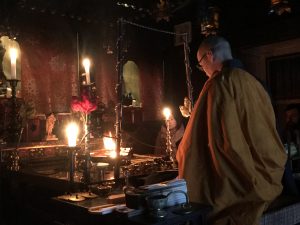

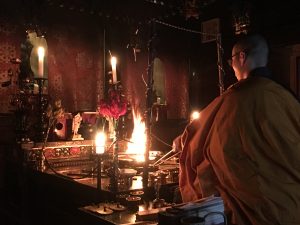
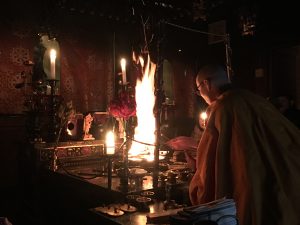

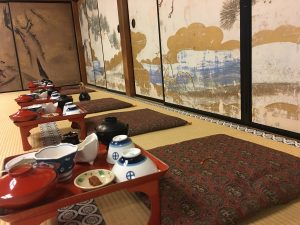

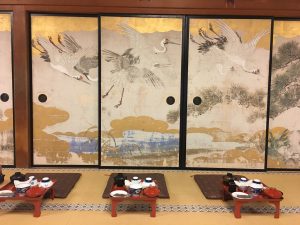
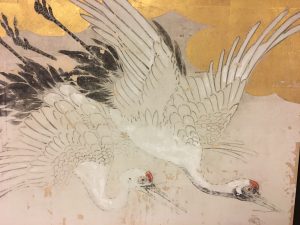

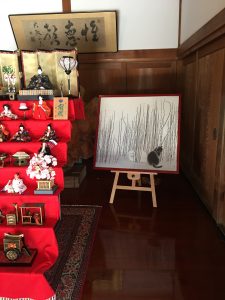
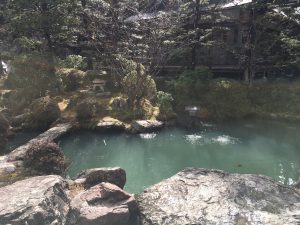
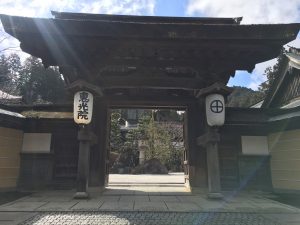
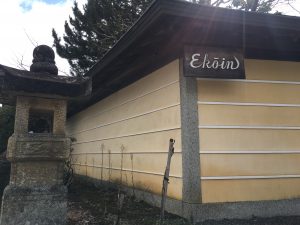

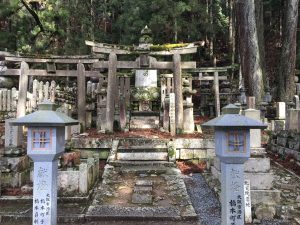
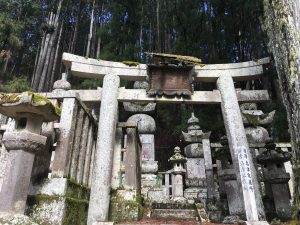
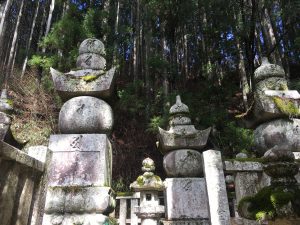
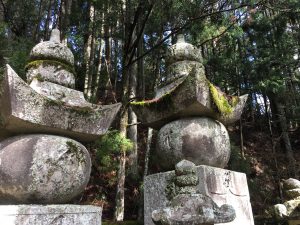
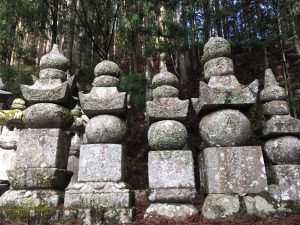

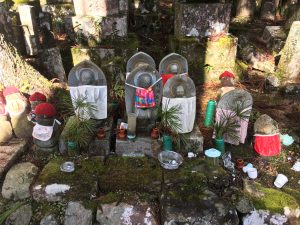

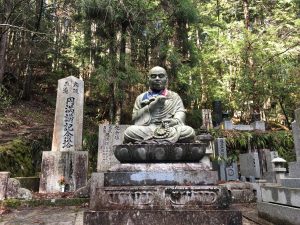
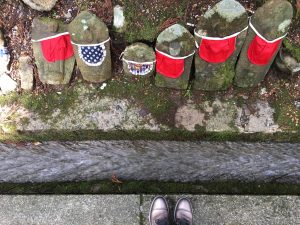
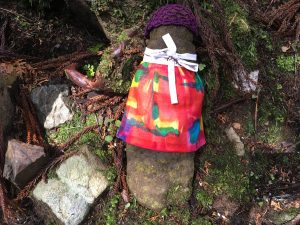


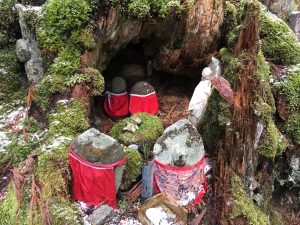

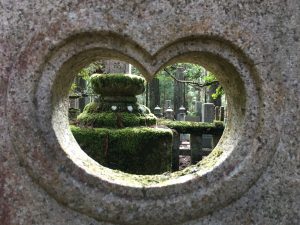
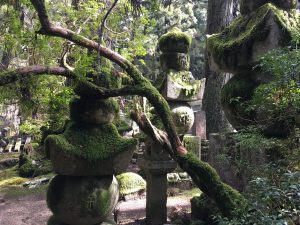

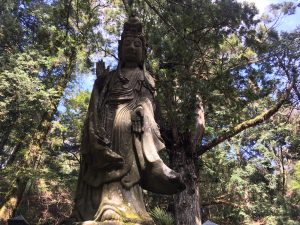
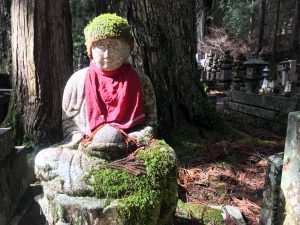

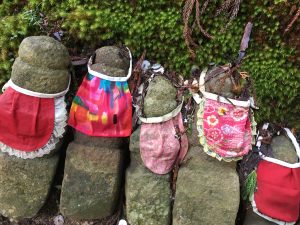
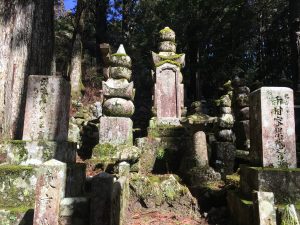

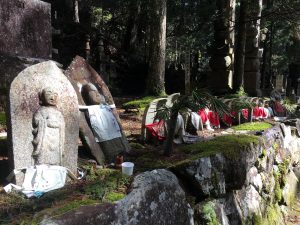
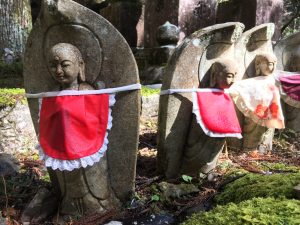


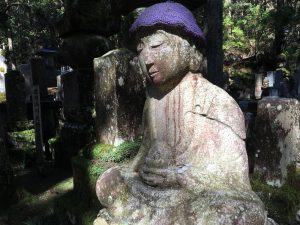
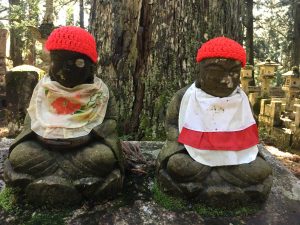
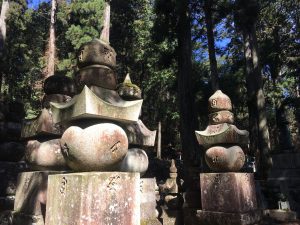
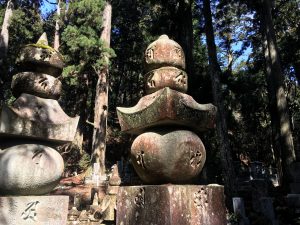
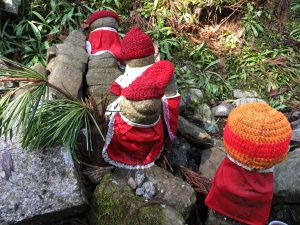
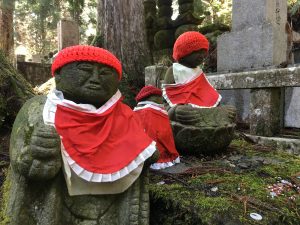
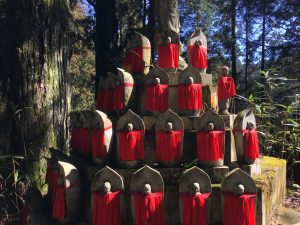
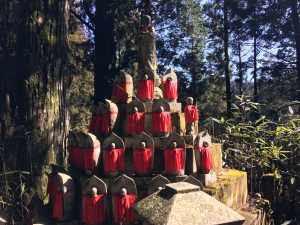
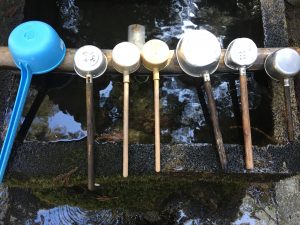
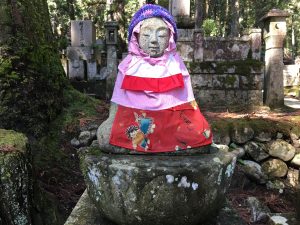
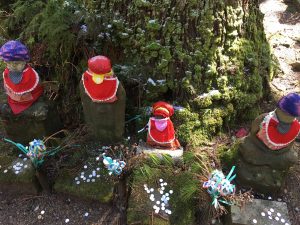
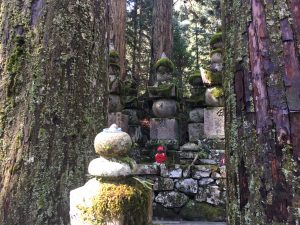
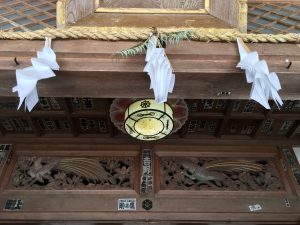

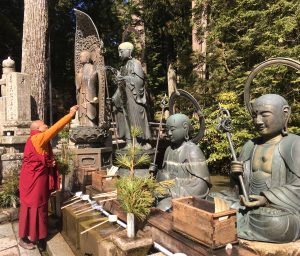
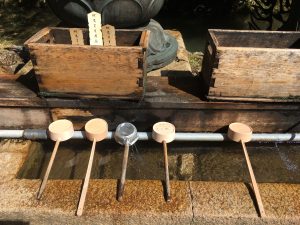
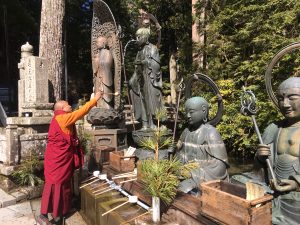
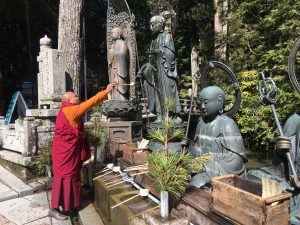
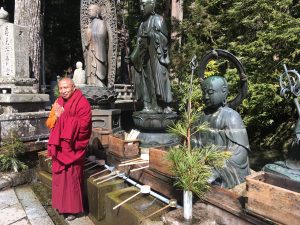


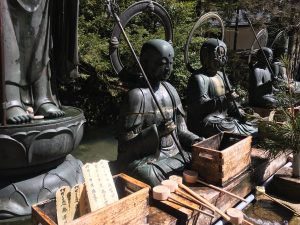


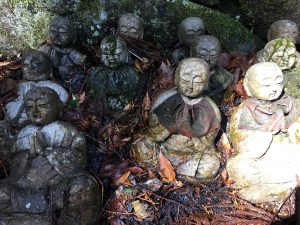


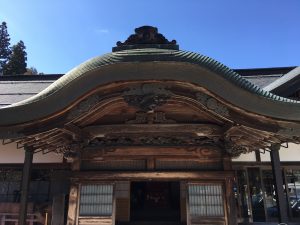
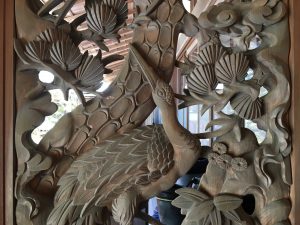
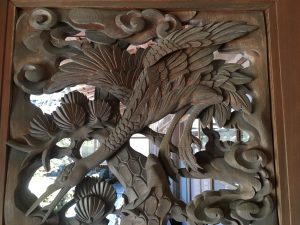

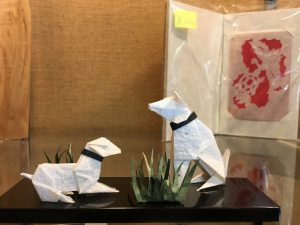
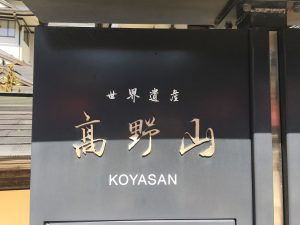
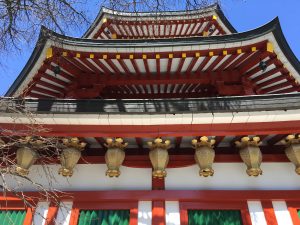
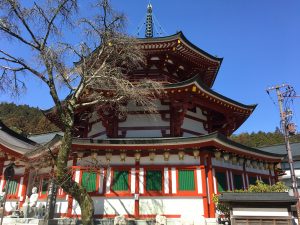
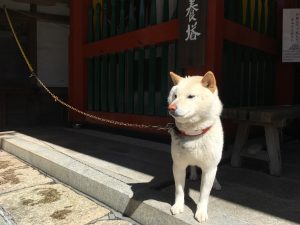

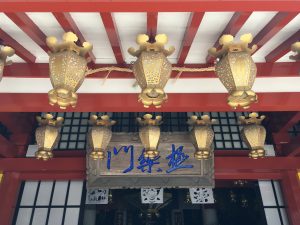

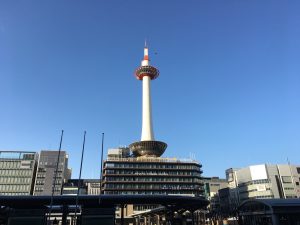


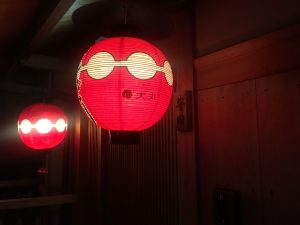
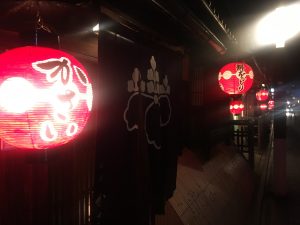
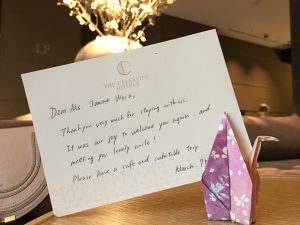
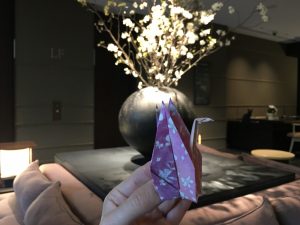
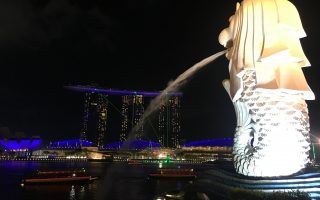

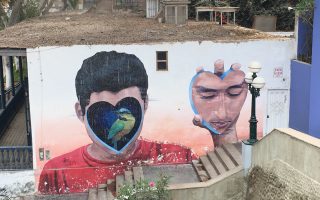
So ein schöner Bericht. Faszinierend. Hört sich nach einer super Zeit an 😍
Sehr spannend klingt das alles 😘 Sehr spirituell schon fast ! Unglaublich welch Leute du alles kennenlernst auf deinem Trip 🙏🏽 Und Heidi P freut sich mit dir 😍 Lg in die Ferne -GP